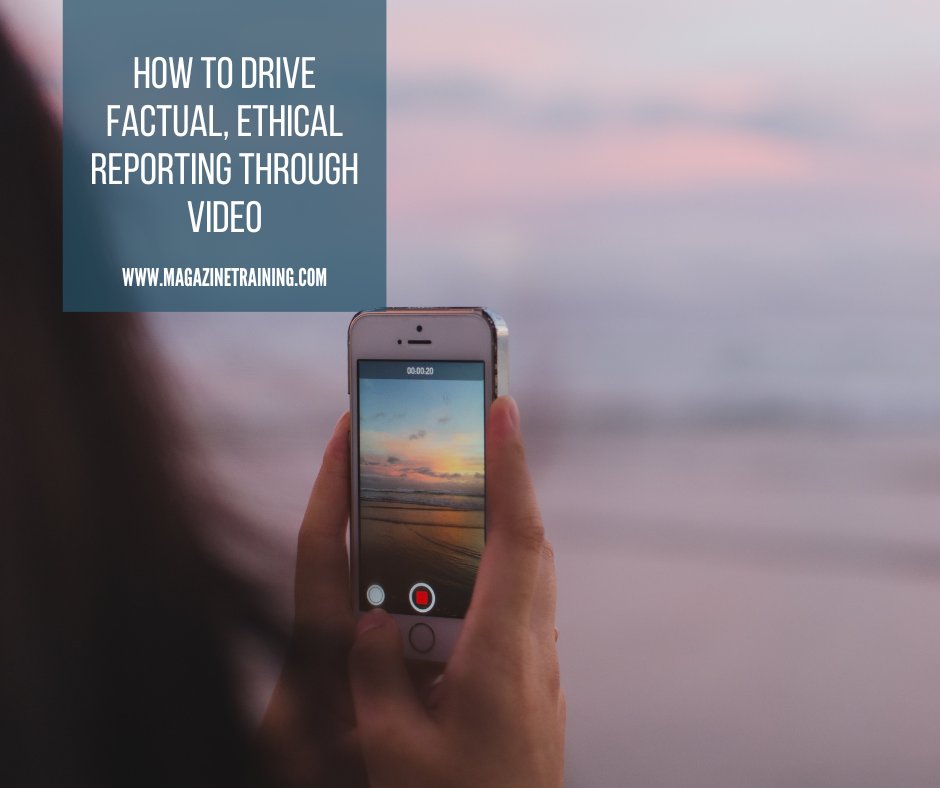
In the face of rampant mis- and disinformation online, video is a powerful format journalists can utilize to instead reach users with factual, ethically reported information. Thoughtful, strategically crafted video reporting can circulate widely online and stick with viewers long after it airs.
However, although having your video go viral may seem like a logical end goal, there’s more to making engaging videos than racking up views. The real challenge? Creating video content that resonates with your audience.
“I really want to stress that if you’re trying to reverse engineer virality, it’s going to drive you crazy,” said Jacob Templin, head of video at the Thomson Reuters Foundation, in the first session of ICFJ’s Empowering the Truth Global Summit. “There’s so many other things you need to put front and center first before you start thinking about virality.”
Here are his top four tips.
Recognize what engages your audience
When a piece of media goes viral, it means that it quickly gained popularity and engaged users in a variety of ways. Users, for instance, may like, comment on, and share the media.
There are many different components that go into achieving high rates of engagement, explained Templin. Some trending videos include emotionally resonant components: did the video make people laugh or maybe even cry? Crafting your video to generate an emotional response can be highly effective in boosting likes, comments and shares.
Some audiences might also resonate with a video for how visually stunning the production quality is, while others might be interested in the timeliness of videos, such as those that address breaking news developments.
High engagement begets even more reach, too. Social media algorithms favor posts with high engagement rates, so the more engagement your content gets, the more it is surfaced to other users online.
Understanding why certain videos might be more popular than others is the first step toward creating content that will better resonate with viewers and in turn reach larger audiences.
Understand the social media platforms
It’s crucial to understand the unique ways in which each social media platform’s algorithms work to surface content. Some might think, explained Templin, that posting a video everywhere will increase exposure and cause a video to go viral, but that’s not necessarily the case.
by Juliana Narvaez
Related posts
Magazine Training International’s mission is to encourage, strengthen, and provide training and resources to Christian magazine publishers as they seek to build the church and reach their societies for Christ.

